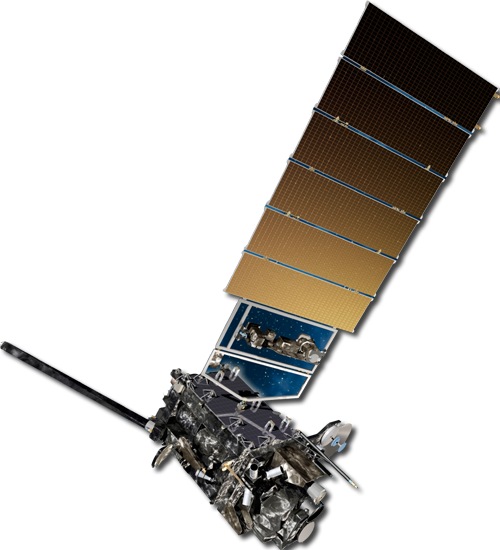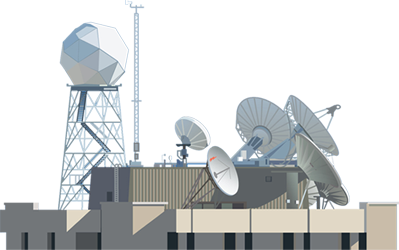Introduction to Satellite Meteorology

How Do Satellites "See" Things?
Satellites make measurements indirectly by sensing electromagnetic radiation (energy waves) coming from the surfaces below. Because radiation can transport energy without a medium (water or air or any substance) it is the only way in which the earth interacts with the rest of the universe. Thus, electromagnetic radiation is the basis for remote sensing technology. Thus, understanding remote sensing technology starts by by knowing properties of radiation and the electromagnetic spectrum.

Remote sensing instruments in space, on the ground, or in mid-air record
different parts of the spectrum absorbed, emitted, or scattered by the gases and particles
in our atmosphere. Remote sensing instruments flown on satellites provide ever-increasing
insight into our planet Earth. Today, human made satellites aid every aspect of
modern life, providing scientists and educators with tools for investigation and analysis. Data from satellites help us monitor lakes and oceans and landscapes so we can take better care of our natural environement.
The 21st century is an exciting and critical time to
pursue a career in satellite meteorology. Exciting because there have been so many
advances and so much more information available to scientists each year. Critical because
knowledge means responsibility. As satellites increase our ability to differentiate
between natural- and human-induced climate and environmental changes, satellite meteorologists
will be on the frontlines of social discussions determining public policy to protect
our home planet.
| 3/4 |





